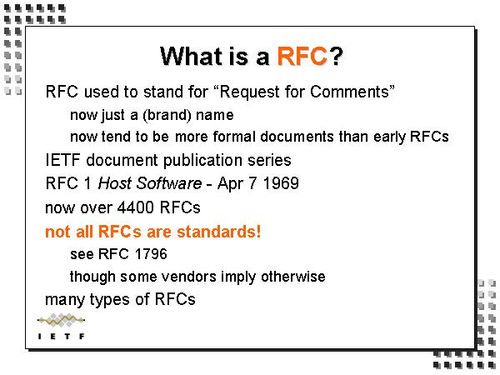Email communication has become an integral part of our personal and professional lives. To ensure the reliability and functionality of email systems, email addresses must adhere to specific standards outlined in RFC documents. In this comprehensive guide, we will delve deep into the world of email validation according to RFC standards, exploring acceptable email address syntax, the significance of RFC standards, and how to implement effective email validation processes.
The Significance of RFC Standards in Email Validation
The term "RFC" stands for "Request for Comments," and it is a series of documents published by the Internet Engineering Task Force (IETF) that defines various internet-related protocols and standards. In the context of email validation, RFC documents play a crucial role in ensuring that email addresses are correctly formatted and conform to established standards. Here's why RFC standards matter:
1. Interoperability:
- RFC standards ensure that email addresses can be exchanged and processed by different email systems and servers without issues. This promotes interoperability across the internet.
2. Prevention of Errors:
- Adhering to RFC standards helps prevent common email address format errors that can lead to email delivery failures or miscommunication.
3. Enhancing Security:
- RFC standards include guidelines for addressing email security concerns, such as preventing email spoofing and phishing attacks.
4. Global Consistency:
- RFC standards provide a globally recognized and consistent format for email addresses, making it easier for users to understand and use email systems.
Acceptable Email Address Syntax According to RFC Standards
RFC standards specify the acceptable syntax for email addresses. The most commonly referred to RFC document in this context is RFC 5322, which defines the syntax for Internet Message Format. Here are key elements of acceptable email address syntax:
1. Local Part:
- The local part is the portion of the email address that appears before the "@" symbol. It can contain alphanumeric characters, as well as certain special characters like ".", "-", and "_".
2. "@" Symbol:
- The "@" symbol separates the local part from the domain part of the email address. It is a mandatory character in all valid email addresses.
3. Domain Part:
- The domain part of the email address follows the "@" symbol and includes the domain name, which consists of alphanumeric characters and periods. It must end with a valid top-level domain (TLD).
4. Case Insensitivity:
- RFC standards specify that email addresses are case-insensitive, meaning that "[email protected]" is equivalent to "[email protected]."
5. Quoted Strings:
- Quoted strings allow the use of certain special characters within the local part of the email address, enclosed in double quotation marks. For example, "[email protected]."
6. Maximum Length:
- RFC 5322 recommends a maximum length of 320 characters for an email address, but the practical limit may vary depending on email service providers.
7. DNS Validation:
- Email addresses must resolve to a valid domain name with appropriate DNS (Domain Name System) records.
Implementing Effective Email Validation Processes
Now that we've discussed the essential elements of email address syntax according to RFC standards, let's explore how to implement effective email validation processes:
1. Regular Expression Validation:
- Use regular expressions to validate email addresses in your application code. Numerous programming languages offer built-in regular expression libraries to facilitate this.
2. Domain Verification:
- Verify that the domain part of the email address exists and has appropriate DNS records. You can use DNS queries to perform this verification.
3. Syntax Checking:
- Implement syntax checking according to RFC standards to ensure that email addresses conform to acceptable formats.
4. Real-Time Validation:
- Consider implementing real-time email validation during user registration or data entry to prevent invalid email addresses from entering your system.
5. User-Friendly Error Messages:
- Provide clear and user-friendly error messages when email validation fails, helping users correct their email addresses.
6. Regular List Cleaning:
- For businesses and organizations that maintain email lists, regularly clean and validate email addresses to remove invalid or inactive entries.
7. Educate Users:
- Educate users about the importance of using valid and correctly formatted email addresses during sign-up or registration processes.
Common Questions About Email Validation According to RFC Standards
Let's address some commonly asked questions related to email validation as per RFC standards:
Q1: Are all RFC standards relevant to email validation?
- A1: No, not all RFC standards are directly related to email validation. The primary RFC document for email address syntax is RFC 5322, while other RFCs address broader email-related topics.
**Q2: Can an email address



